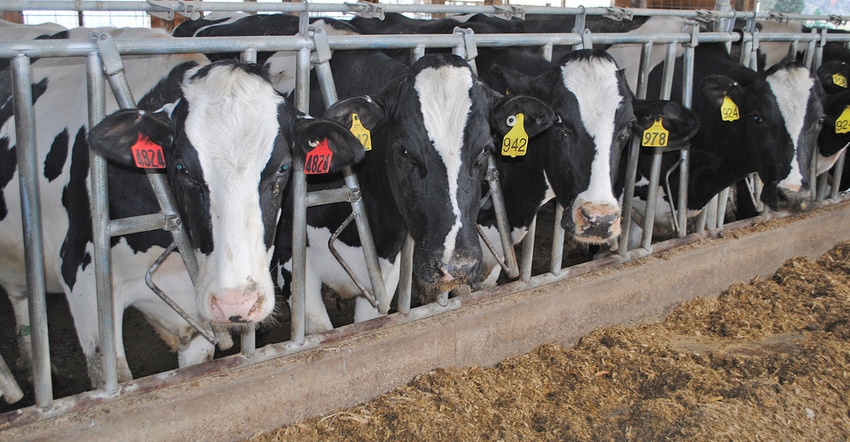July 21, 2017

Several of the 18 people who spoke at the Wisconsin Idea Dairy Summit held recently in Madison believe Wisconsin’s dairy industry needs to hire more marketing experts and/or invest more money in research and development to solve the surplus milk problem.
While I agree the dairy industry could use some more research, development and marketing people, I think what the industry really needs is to come up with a product like baby carrots.
What do baby carrots have to do with milk? Well, nothing really, but Mike Yurosek, who was a California carrot producer, revolutionized that industry when he invented baby carrots. Starting with their widescale introduction in the early 1990s, baby carrots sparked a revolution in the carrot industry that more than doubled demand for the root vegetable. Consumption of carrots prior to Yurosek’s invention was just 7 pounds per person per year. Following the introduction of baby carrots, the average person now consumes 15 pounds of carrots per year.
Yurosek started out as a large-scale truck farmer on his family’s farm in Santa Clarita, Calif., growing cabbage, tomatoes, lettuce, cucumbers, lima beans and carrots. Later, the family moved to nearby Lamont, the carrot center of California. He launched his Bunny Luv brand in the mid-1960s.
Yurosek developed the baby carrot almost by accident. Among the largest carrot farmers in California, his packing operation produced 400 tons daily of damaged and misshapen carrots that wouldn’t fit into bags. Some of the reject carrots were used for carrot juice concentrate and some for animal feed, but demand was limited. You can feed cows and pigs just so many carrots, Yurosek liked to say.
Experimenting with an industrial potato peeler and green bean slicer, Yurosek produced the first versions of today’s baby carrot in 1986. The first ones were a bit ragged, but he bagged them and sent them to a large West Coast supermarket chain. “I said, ‘I’m sending you some carrots to see what you think,’” Yurosek said. “Next day they called and said, ‘We only want those.’”
Prices for carrots in the store increased from 50 cents a bag or less for a pound of regular carrots to between $1 and $1.50 per pound for baby carrots.
Small carrots were not a new thing. Farmers had grown tiny carrots for use in TV dinners since the 1950s, but schemes to market them fresh to consumers had failed. Maybe it was because lifestyles had changed or maybe it was dumb luck, but Yurosek’s baby carrots were the biggest thing to happen to carrots in the industry’s memory. Within just a few years, California carrot production — essentially flat for years — grew by 50%. It has since leveled off at about a million tons a year, about half of which is baby carrots.
Imagine if the University of Wisconsin System “hired some brilliant people and let them be brilliant,” like Sauk City dairy farmer Mitch Breunig suggested at the dairy summit in June? Who knows what great ideas they might be able to come up with that could boost consumption of dairy products and the price of milk so Wisconsin farmers aren’t struggling to survive.
You May Also Like




